Highlights from Gobelins
Films to watch right now, plus news.
Welcome! Happy Sunday — we hope you’re doing well. The Animation Obsessive newsletter returns with a new issue:
1) A few of our favorites from Gobelins.
2) A new book about Canadian animation.
3) Newsbits from around the world.
With that, let’s get going!
1 – Gobelins at its best
It’s prestigious to enroll at Gobelins, the top animation school in Paris. These artists are respected and in demand. Lately, you may have seen their work for the Olympics — a series of flashy TV spots, animated in various styles by various groups of Gobelins learners.
Only a few animation schools rival this one in status. It can be a tough environment — but the work of its graduates (who hail from around the world) speaks for itself. Each year, new Gobelins thesis films appear online, and people stop to look. Views typically run into the hundreds of thousands, even the millions.
Shorts have accumulated on the school’s YouTube page since the 2000s. Not all of them are graduation projects — some are exercises in, for example, animated effects. Those can be impressive, satisfying short-short stories of their own. Take Petit Jour (2017) or Bain de Minuit (2018) or L’Éclosion du Jour (2023). Each is roughly a minute long, but a minute well spent.
Most of the attention goes to the thesis projects, though, and it’s not a surprise. Gobelins graduation films can be remarkable. At their best, they tell more compelling stories in five or ten minutes than many features do in two hours. (If you can get through 2021’s deeply disturbing Louise, you’re unlikely to forget it soon.)
Today, we’re highlighting a few of our favorite Gobelins films from the past decade. Some are widely known — others, a little lower-profile. All of them are worth the time.
The first of these films is When I Replaced Camille (2017), about a swim team and its interpersonal struggles. This is less of a sports story than it is a psychological thriller. The protagonist, Laure, needs to fill the shoes of an ace swimmer. She pushes her body and mind to do it.
Gobelins students are known for their technical animation. Camille delivers here: the artists do a great job of moving realistic bodies in space (and particularly in the water). What takes it over the top is the specificity of the acting, the lack of easy cliches. Camille sells the emotions it’s trying to sell.
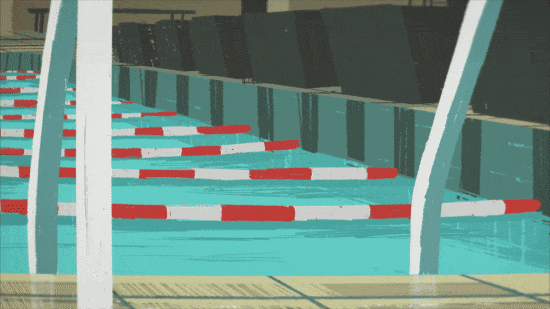
And then the filmmaking. Camille’s co-director, Nathan Otaño, said that the aim was to be “cinematic.” They focused on the staging and editing, on using “high-angle shots, low-angle shots, things that aren’t necessarily done in animation.”1 That effort paid off — and it works in tandem with the movement.
When Laure rotates her arms, walking around the pool at night, the camera gets close enough to show us her strength and her uneasy gaze toward the water. Then it pulls away, isolating her between the pool and the empty bleachers. Those two shots combine to place us physically there, feeling what she feels.
Gobelins students do their share of psychological thrillers. The influence of Satoshi Kon is large in French animation — and it shows up in Gobelins films, at times to a distracting degree. It can also, though, lead these artists to cool ideas. Camille itself bears Kon’s mark, as its co-director admitted.
Two other shorts like this are Best Friend (2018) and Contretemps (2021). Both are reminiscent of Kon — in fact, sequences in the former follow Perfect Blue nearly beat for beat. But both films are strong and have valuable things to say.
Best Friend is one of Gobelins’ most popular projects. At the start, a man with sunken eyes has his 30th birthday party. The woman with him seems too idealized — and his other friends are cartoon characters. He’s actually alone: the people in his apartment are the inventions of an implant in his head. And it needs refills.
This man falls down a spiral of loneliness and addiction — namely, to buying fake feelings of friendship from a corporation. He’s being exploited, but he’s helpless. The story is a real one and well told. A moment early on, when the man snaps his fingers to reactivate the party he’d put on pause, says everything in one shot.
Contretemps is believable, too, but more hopeful. It follows a woman with OCD — and it visualizes her anxiety as monsters that stalk her. That turns an everyday trip outside into a horror story.
The woman does achieve her goal, returning a lost piece of her sister’s clarinet. It doesn’t dispel the monsters, but they back off a little. This is a victory. As the Contretemps team put it:
OCD, like many mental illnesses, is invisible, and hard to understand to an uninformed person, which is why we wanted to make the invisible visible. However, by the end, when she manages to get out of the monsters, the monsters don’t disappear, they just get calmer. There is unfortunately no magic solution to solve something like OCD; it’s something people live with and learn to deal with.
Both of these films look fantastic — Best Friend is modern French cartooning, Contretemps slightly more realistic (but with those big, evocative, medieval-esque eyes that Cartoon Saloon made popular). And, once again like Kon, both make conscious use of the mechanics of staging and editing to tell their stories.
Camille, Best Friend and Contretemps are all intense viewing. If you’re looking for something slower and more meditative, try Funeral at Nine (2022).
In this one, the entire world is off-balance: everything leans. That design trick gets paired with cartoony characters — and an illustrative style that trends hypnotic in its detail, especially when plants and butterflies are involved. Much of the look seems to be the work of artist Wang Yu, whose style frames stand alone as works of art.
Funeral at Nine focuses less on storytelling than on film-as-poetry. Three brothers attend a funeral that affects each of their imaginations differently. The approach is indirect, but there’s weight in the way that the gentle music pairs with the rich visuals. Something is being said about people and their relationships with death, even if it can’t be said explicitly.
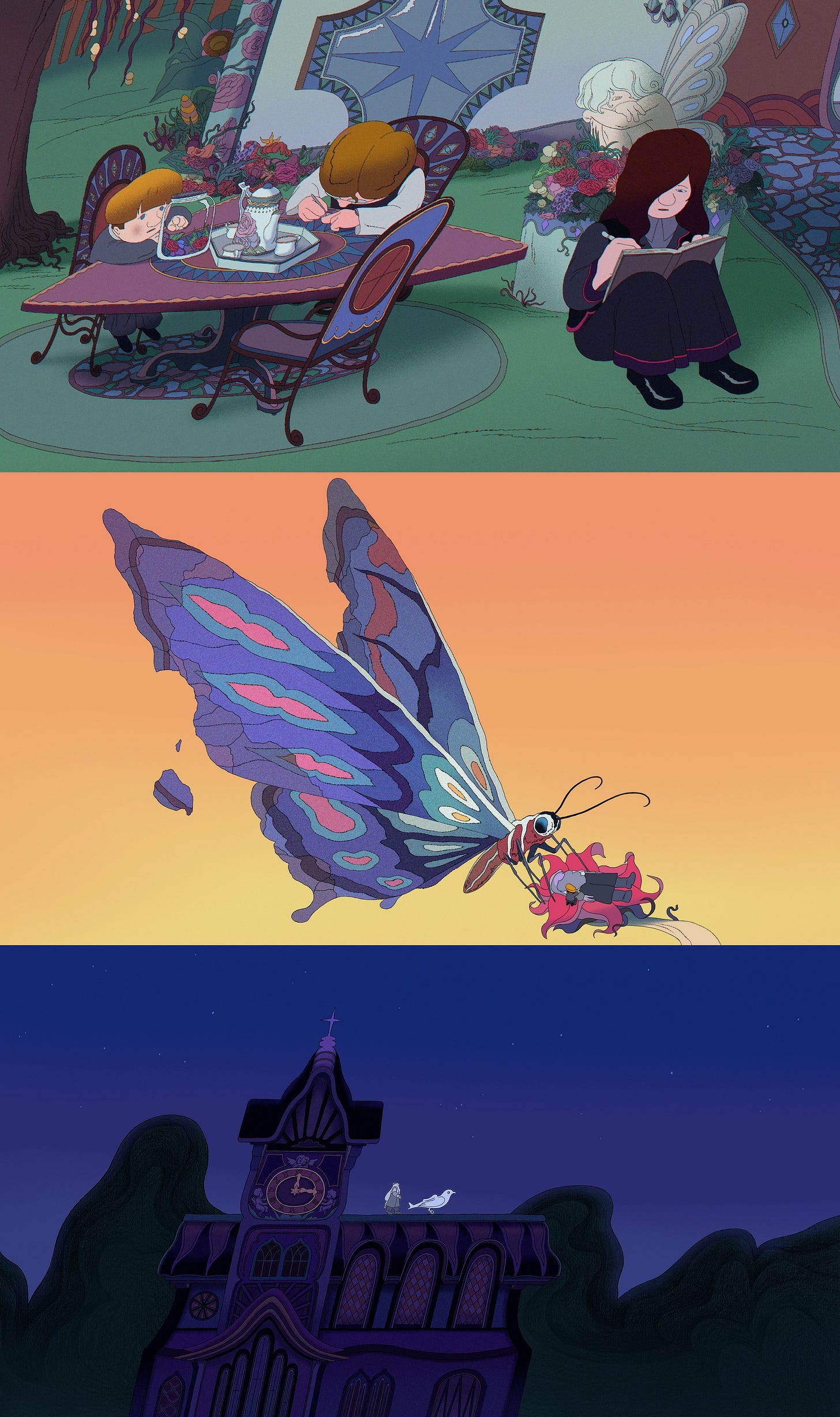
Compared to Best Friend’s 11 million views, Funeral is one of the less-appreciated Gobelins films. Even lower down, we find Lunch on the Grass (2019), another break from the intense stuff. It’s not for everyone — but, depending on your sense of humor, it may be for you.
This is an easy film to spoil and a tough one to describe. The gist is that a scientist, Etienne, builds his life on professional skepticism. Per the narrator, he wants to see the end of “UFOs, homeopathy, religion or even hip hop.” That same deadpan, very fast voice guides the whole story, speeding us through Etienne’s achievements and downfall. Meanwhile, the visual design is like AC-bu crossed with cartoonist Chris Ware — an unlikely mix, particularly for Gobelins, but perfect for this film.
Lunch on the Grass is an adult comedy that touches on delicate subject matter. Its lack of virality is no coincidence. But the film has tact and seriousness when it needs to, and all involved (even Etienne) are treated with respect before it’s over.
If Funeral and Lunch are an intermission, our final pick is the biggest sensory assault of the group. It’s another comedy — or maybe another horror story. You can take it either way. In the words of its team, “Some said it’s super funny and really made them laugh. But the others felt very bad because through the film they said they saw themselves.”
The film is Coffin (2020), and it’s about a young man who wants to fall asleep in a tiny apartment in southern China. Sleep doesn’t come easily in a room this crowded, loud and run down. His problems soon turn hallucinatory, as a sports broadcast manifests soccer players, a cigarette starts a massive fire and the toilet overflows to fill the room. None of it is real, but all of it is the lead character’s experience.
According to co-director Yuanqing Cai:
We had an idea at the beginning not to deliberately pursue a huge story or big philosophical stuff because we only had a few minutes. It wasn’t realistic, and we weren’t really able to shock everyone with an epic story. So we preferred to focus on the abstract emotions of the characters.2
Cai cited Masaaki Yuasa (Ping Pong: The Animation) as an influence on Coffin, and you can see it. But the film has a layer of social realism under the zaniness. Even its title isn’t poetic license: it’s the name of a type of apartment that really exists. In the team’s words:
We wanted to tell a story about one guy’s struggle with insomnia. But by placing it in a realistic setting, we’re also able to educate people about the coffin apartment situation. Why do they still exist? How do they affect people’s lives?
Those are our six selections today, but they aren’t the only worthwhile Gobelins films. For further viewing, check out Protocole Sandwich (2019), which puts old-school French comic design in dialogue with glitch art. Or see the hugely accomplished Thermostat 6 (2018), a parable about modern life. The list continues.
Shorts like these excite us about the future of animation. Many Gobelins students have already moved into the industry and done great work. Leïla Courtillon of Camille worked on the amazing Flee (2021), for example, and people from Coffin and Louise got hired to Scavengers Reign (2023). If these artists keep getting opportunities, there’s no telling what they’ll do next.
2 – Animation news
A book about Nelvana
Nelvana has been around since the ‘70s — whether or not you know the name, you’ve seen the studio’s work. Back in the ‘90s, it took part in shows like Little Bear and The Magic School Bus and The Adventures of Tintin and Gargoyles. Later, Clone High and Max & Ruby joined that group. The company still operates in Canada today.
What originally put Nelvana on the map, though, is a surprise. It was the Star Wars Christmas special — for years, almost an urban legend. As the studio’s co-founder, Michael Hirsh, tells us over the phone:
… we received a call from Lucasfilm, inviting us to meet with George Lucas and discuss producing a 10-minute short for a two-hour holiday special … I would say, if I had to pick one, that was the key, pivotal moment.
It’s also the moment that opens Animation Nation, Hirsh’s new memoir about Nelvana and his wider career (it came out last month). Usually, outsiders write animation studio histories. This is an insider’s account, making it especially important as a resource.
When Nelvana opened, the work of the National Film Board of Canada was world-famous. The country’s industrial animation was a different story. “There was a little bit of animation being done for show openings, or commercials, but there really wasn’t much of a business here,” Hirsh says. He and his colleagues had to hustle in their early years, even before Nelvana became official:
What helped us take off was really just our relentless energy, ready to do anything. We got our start by doing five letters for Sesame Street as a subcontract, through a friend who was doing it through the Jim Henson organization. We did some show openings for the CBC as well as for TV Ontario. We did high-contrast titles for people who needed them. We did any little job that we could. And, at the same time, we were also making short films for children.
From there, Nelvana grew into a small empire. That Star Wars special was the breakthrough, but “there were many key moments” in the years ahead, Hirsh says. He shares those stories in his book. By the time he reaches the ‘90s, he’s sharing them from an executive’s vantage point. Nelvana’s Babar wasn’t just a good series, but a chance for “a hit character, with seven-figure licensing deals to follow,” he wrote.
To close our short conversation, we asked Hirsh what it was like to revisit his history with Nelvana in this book. He calls it:
… incredibly satisfying to sort of delve into my memories, and call friends and ask them if they remembered something the same way that I did, and to look up things. … We made some great shows and entertained a lot of kids.
Newsbits
We lost Rachael Lillis (55), known for voicing Misty in the English Pokémon dub, among many other roles.
The leading American news story — the contract battle between The Animation Guild and Hollywood — is set to last into September. Talks “concluded this week … without a deal,” reports Variety.
When The Wolf House reached Japan last year, it was a minor hit — earning 75 million yen (roughly $500,000) from 80 theaters. Now, the localization team is discussing how they did it, how they marketed it and why it performed so well.
On that note: The Hyperboreans, the latest from the creators of The Wolf House, screened at Japan’s Hiroshima Animation Season. Co-director Joaquin Cociña took the stage and spoke with animator Koji Yamamura about the film.
In America, BlkWmnAnimator released an invaluable new interview with Jim Simon — behind A Loaf of Bread, a Container of Milk and a Stick of Butter and other classic Sesame Street and Electric Company segments.
On Twitter, the president of Cuba celebrated the 54th anniversary of Elpidio Valdés — the most famous Cuban animated character. In response, the son of creator Juan Padrón called his statement “propaganda” and an abuse of artists’ rights.
The Chinese film Big Fish & Begonia is getting a spin-off series called Rong Song. Check out the trailer via Catsuka.
In Japan, two leads from The Boy and the Heron talked about its compositing and post-production — plus getting the film to work in 4K.
A final story from America: back in theaters, Coraline is overperforming. This weekend, it placed fifth at the box office. It’s earned $11.6 million so far.
Artist Noémie Leroux, based in France, won an Emmy with her background design for Scavengers Reign. She’s shared some of her Scavengers art on Instagram.
Lastly, we wrote about Cuba’s animation boom of the ‘60s, when a new school of animation sprang up almost overnight.
Until next time!
From Otaño’s interview with the Art’cousmatique podcast.
See this article from Creative Review.

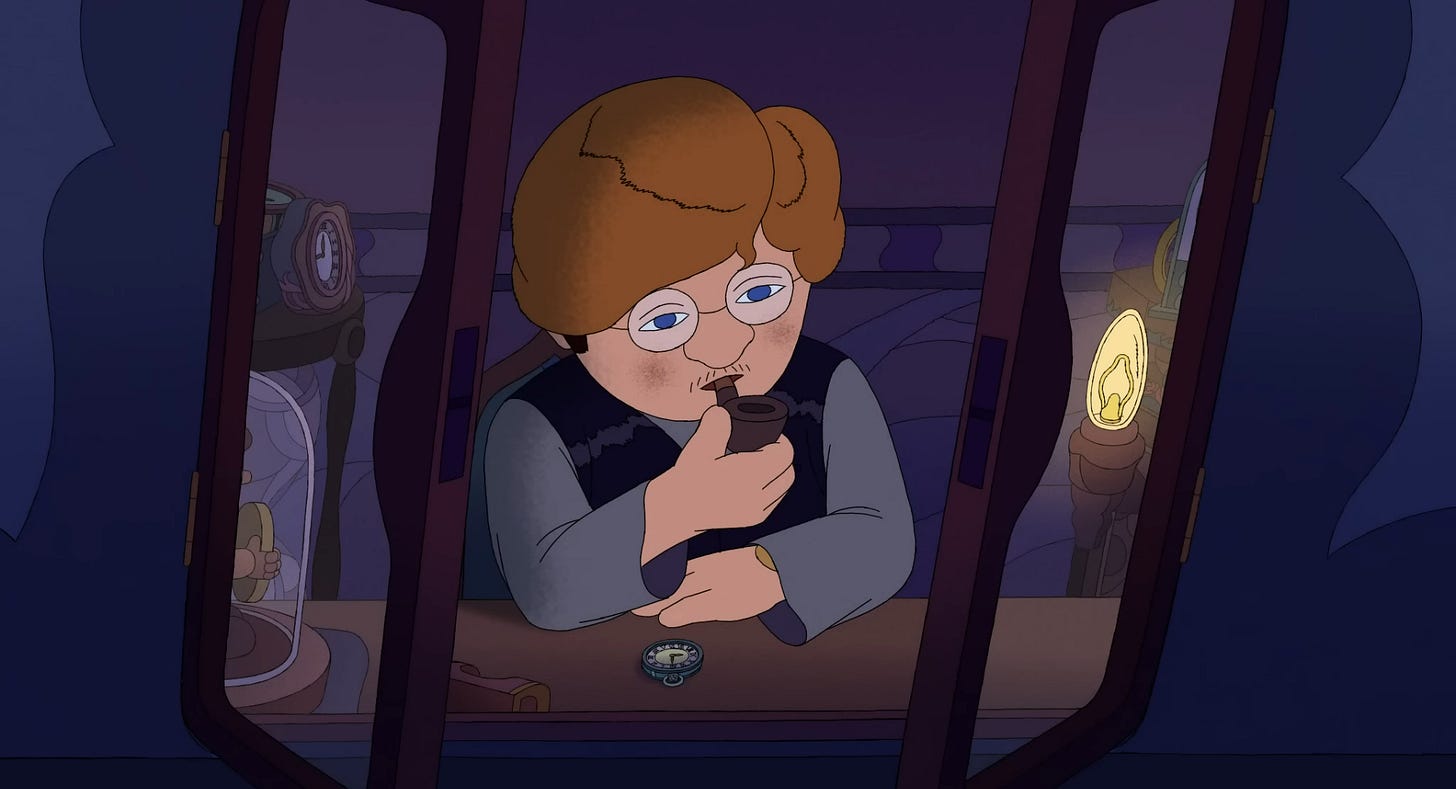
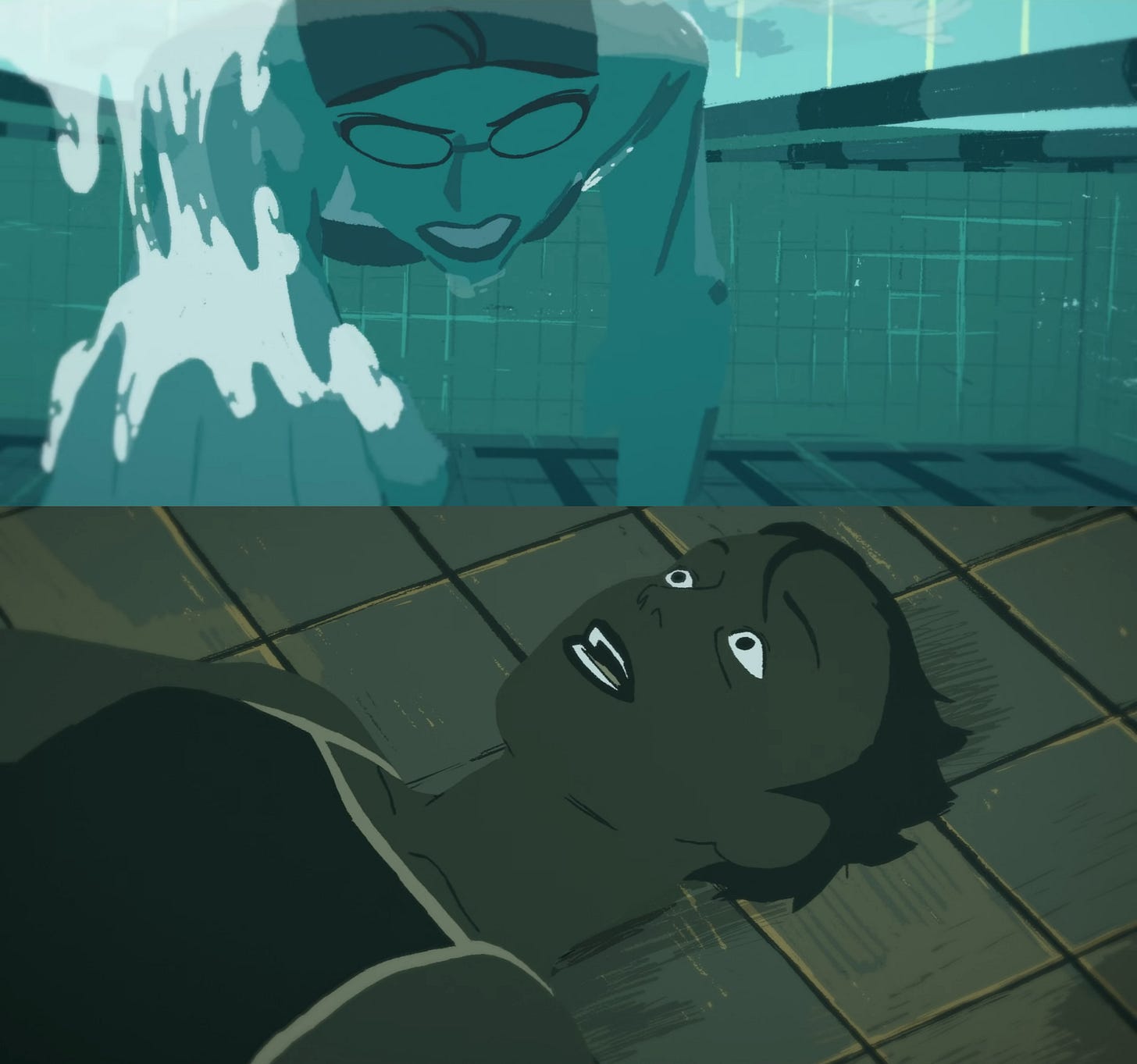
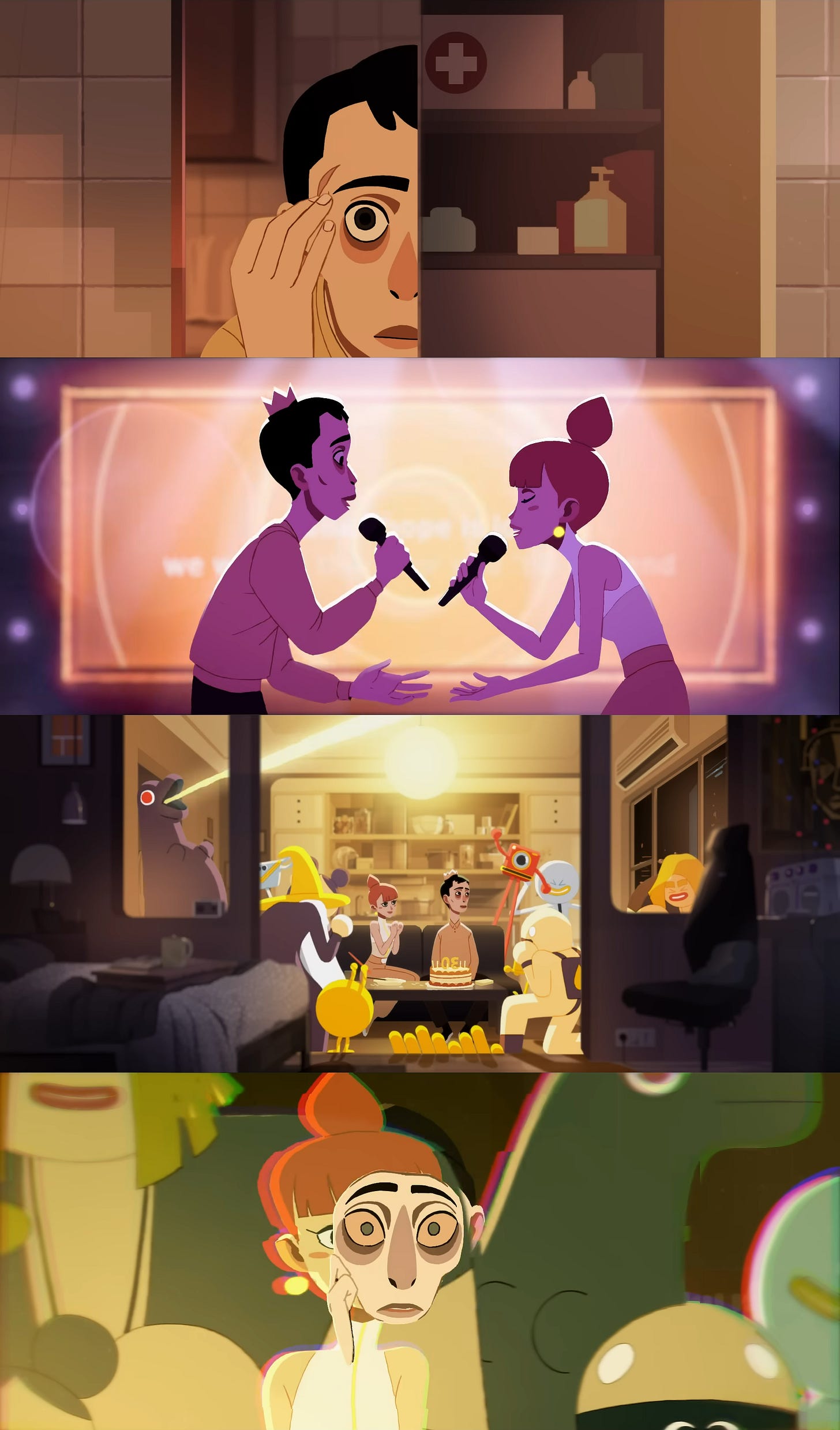
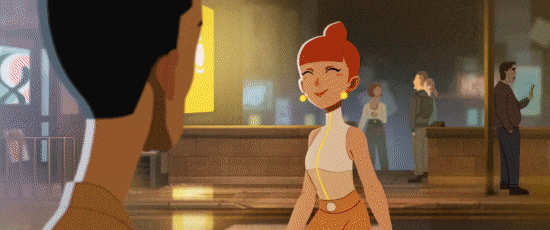
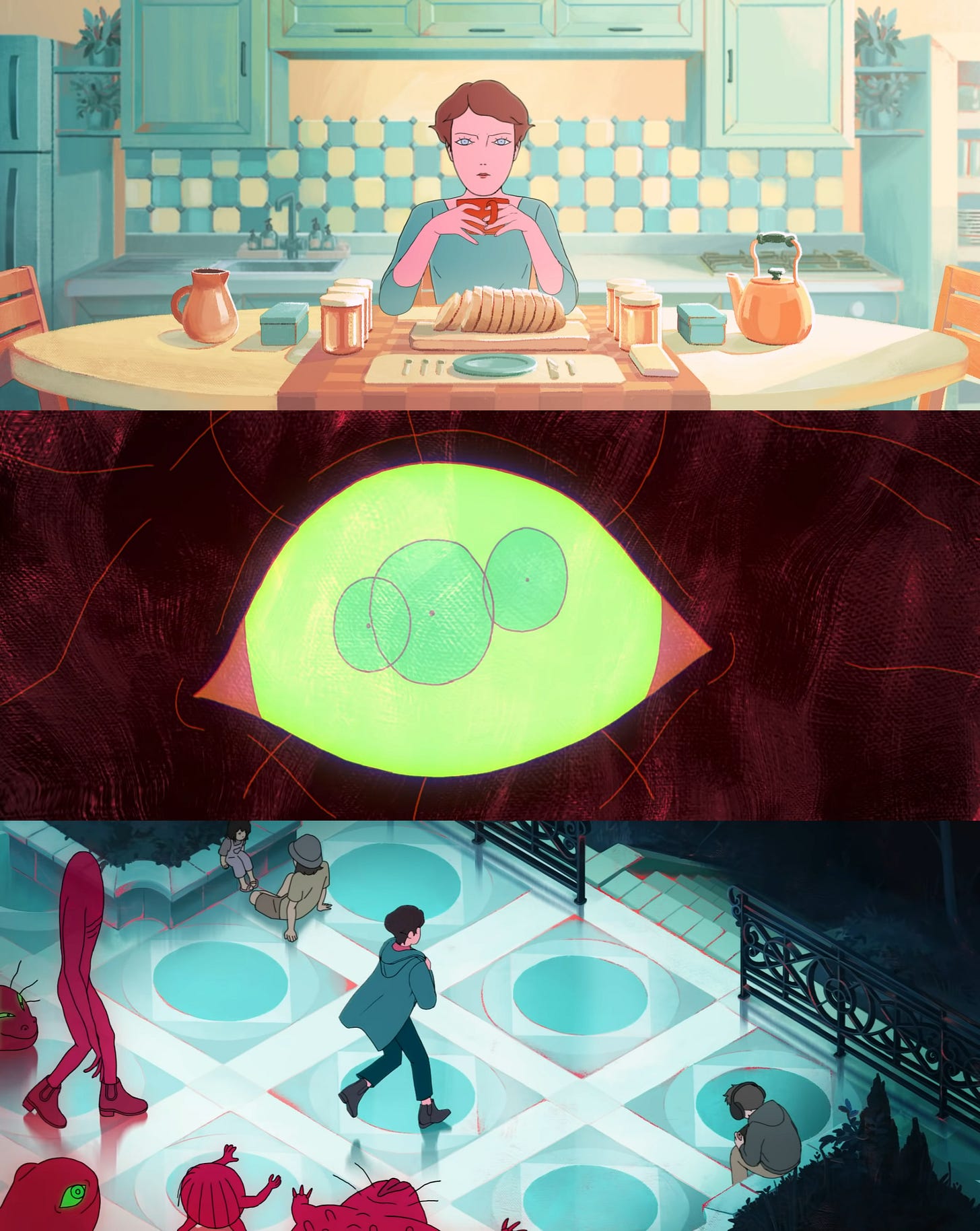
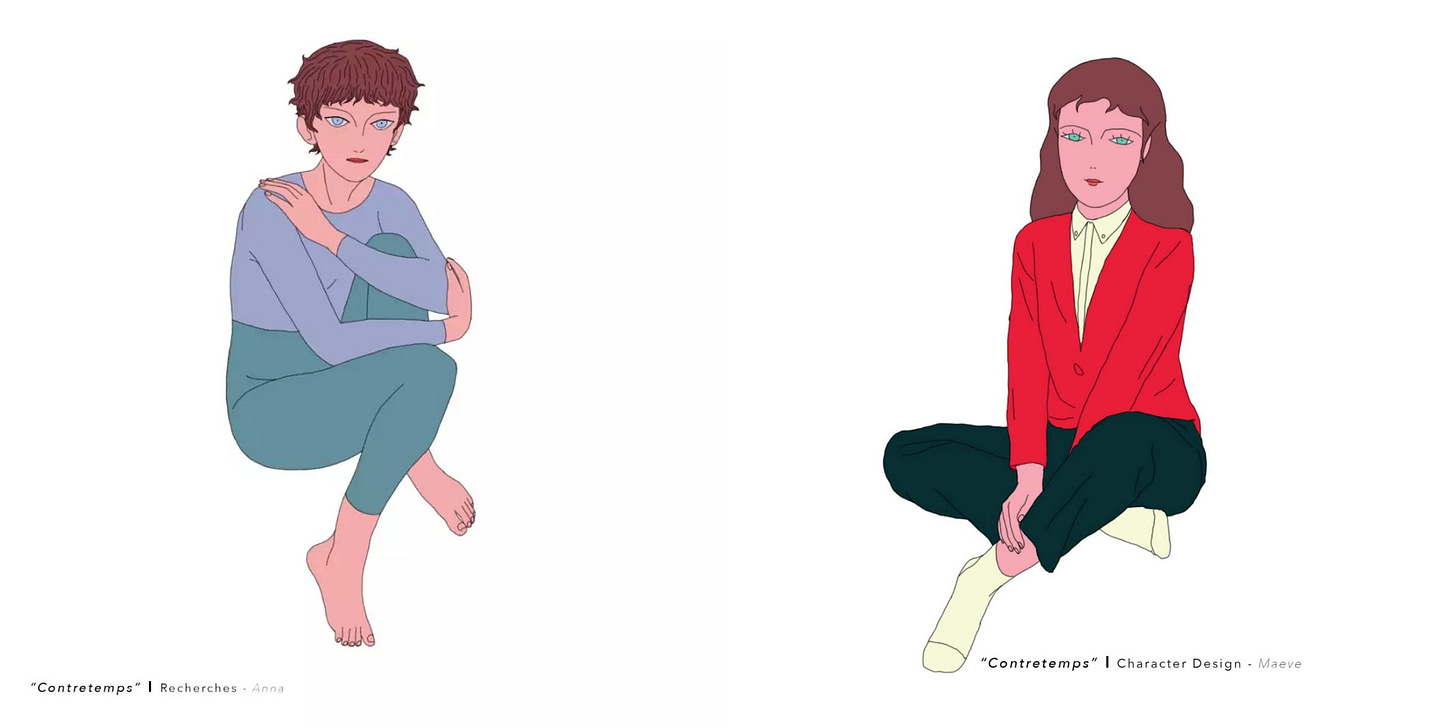
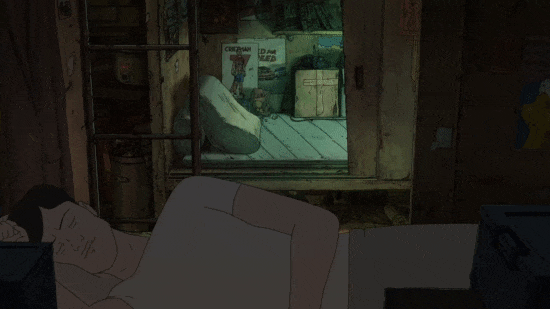
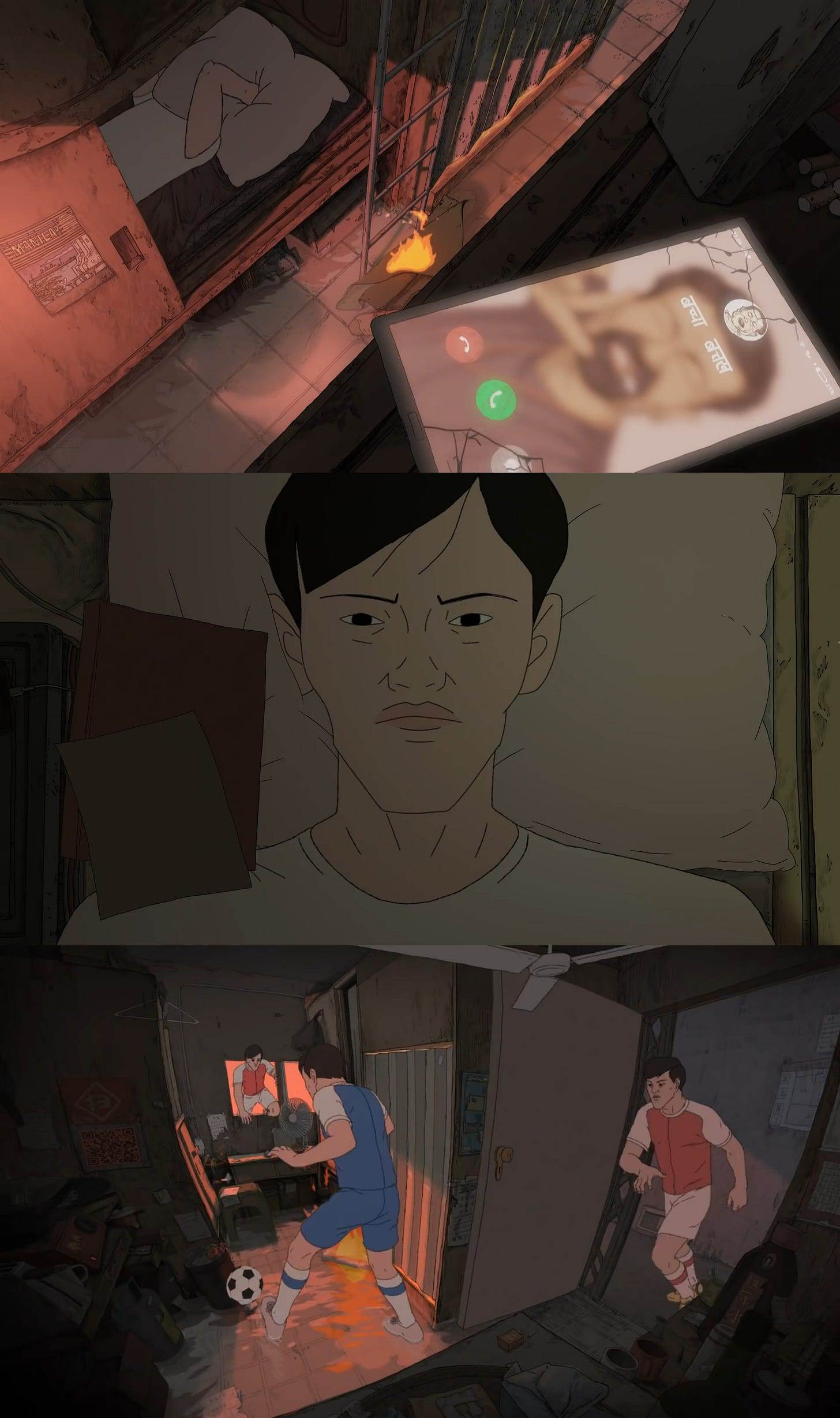
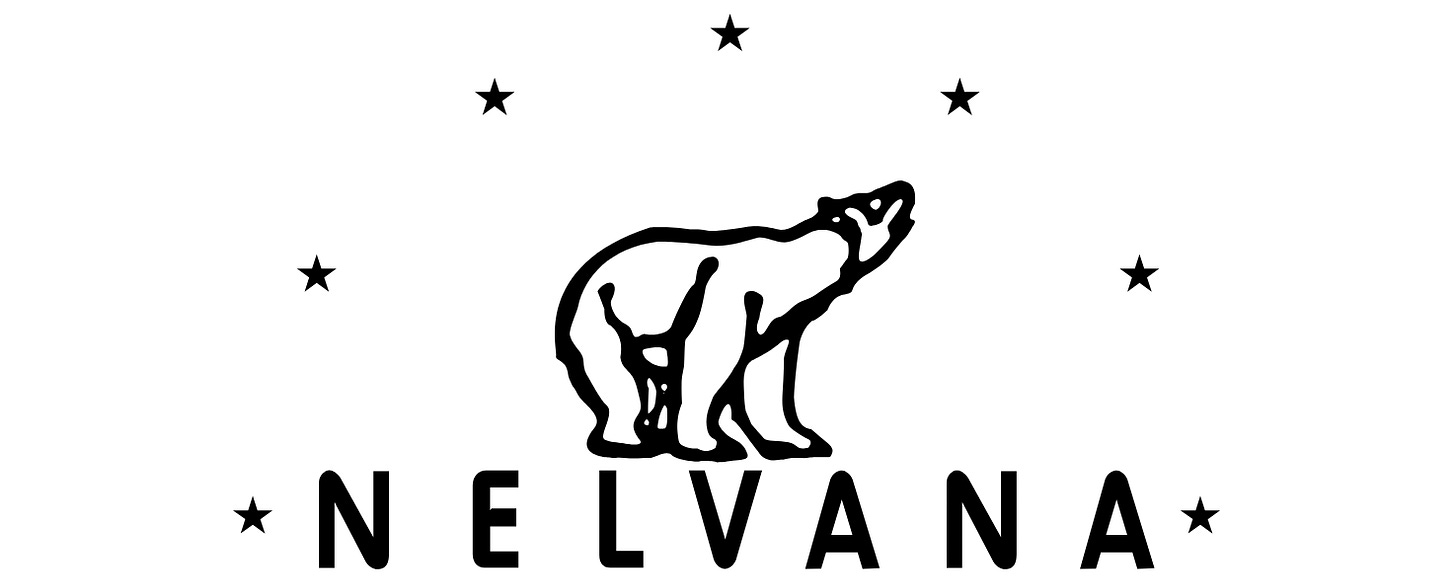
Fairly new subscriber here & I enjoy the animation centric articles on my email inbox. It's more "quiet" there, it's a nice break from the social media platforms of delivery. Thank for doing what you do :)
Wish if goblins is a studio, just imagine what kind of feature movies they can make, and all of that in 2D!!! Feel so happy just thinking of it🌻
Wish someday that will happen…